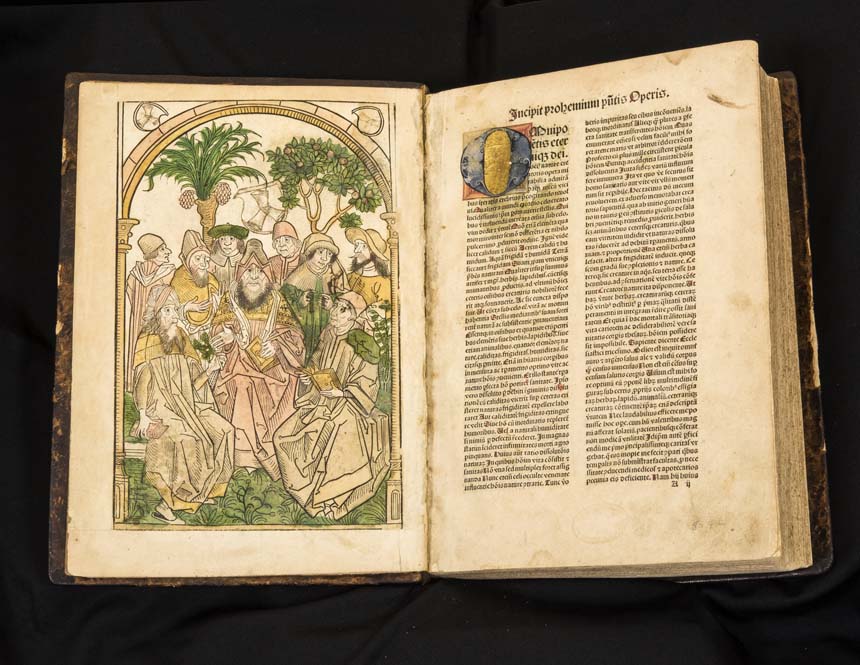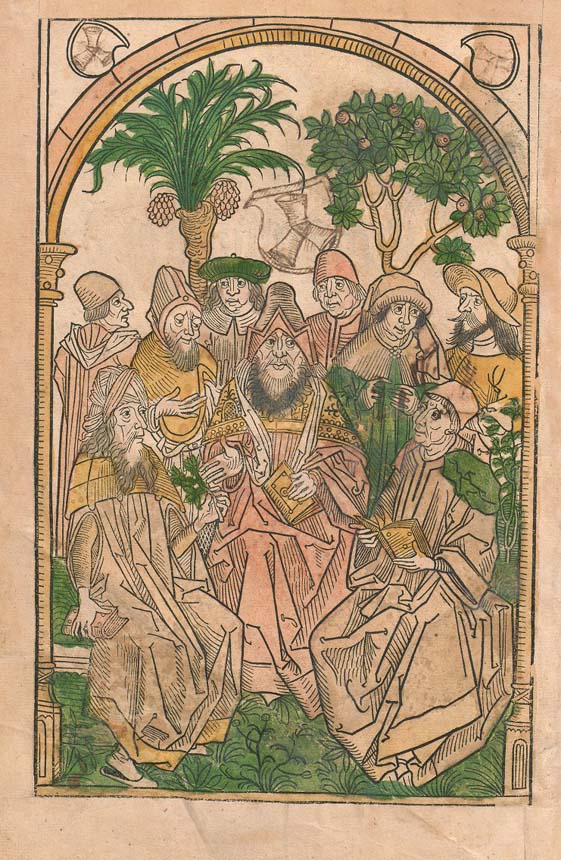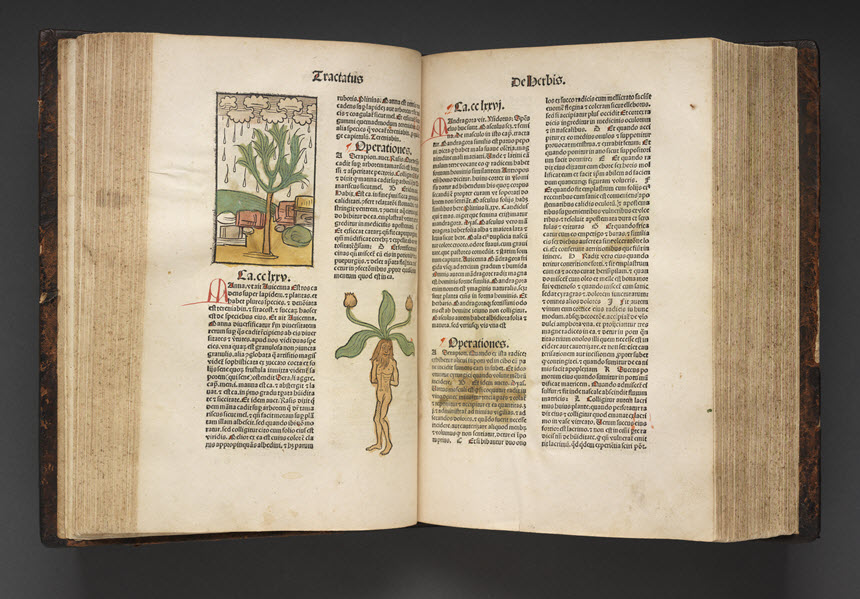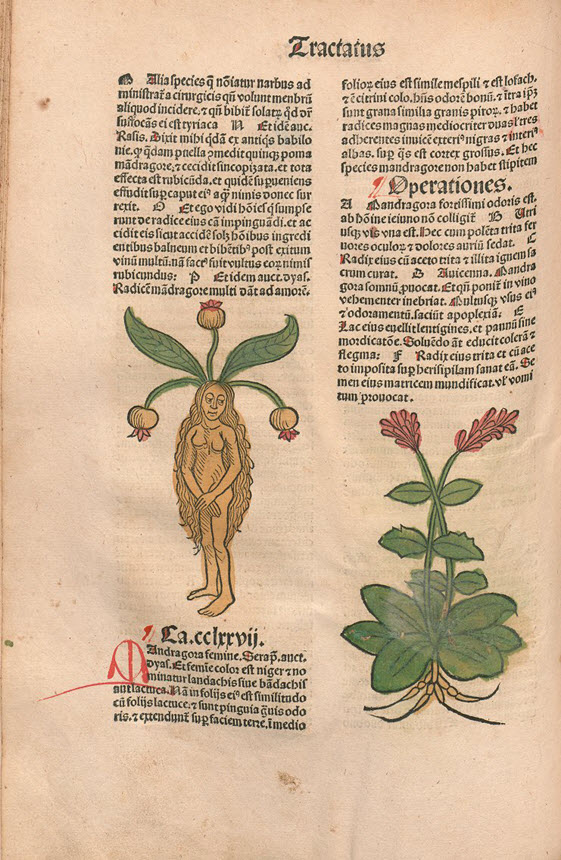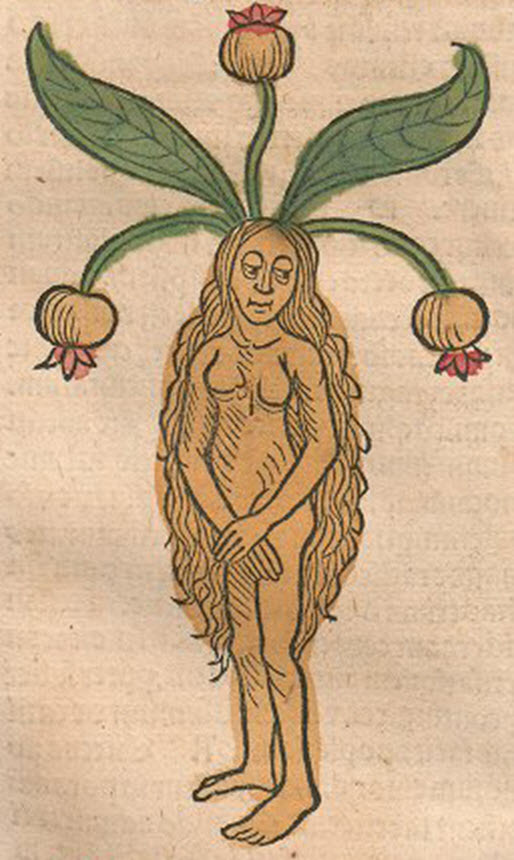I have noticed a relationship between science and natural philosophy…those writings interest me the most which deal with minerals, plants, and animals.
Swiss naturalist and physician Konrad Gesner, 1551
Because plants and their uses are important to wizards, all students at Hogwarts School of Witchcraft and Wizardry are required to take Herbology.
Harry Potter learns how to grow mandrakes, real plants studied by historical botanists. Although this isn’t his favorite subject, the young wizard soon comes to appreciate Herbology. Harry discovers that mandrake is the key ingredient of a potion that will cure his injured classmates.
Harry is reminded of the value of studying plants when he finds a way to breathe underwater during the Triwizard Tournament. A classmate teaches Harry about gillyweed, a fictitious plant that, when ingested, gives its user fins and gills.
I have noticed a relationship between science and natural philosophy…those writings interest me the most which deal with minerals, plants, and animals.
Swiss naturalist and physician Konrad Gesner, 1551
Because plants and their uses are important to wizards, all students at Hogwarts School of Witchcraft and Wizardry are required to take Herbology.
Harry Potter learns how to grow mandrakes, real plants studied by historical botanists. Although this isn’t his favorite subject, the young wizard soon comes to appreciate Herbology. Harry discovers that mandrake is the key ingredient of a potion that will cure his injured classmates.
Harry is reminded of the value of studying plants when he finds a way to breathe underwater during the Triwizard Tournament. A classmate teaches Harry about gillyweed, a fictitious plant that, when ingested, gives its user fins and gills.








